Description
A positive, practical guide to living with chronic health conditions such as cancer, heart disease, depression, arthritis and IBS. This is a hopeful and uplifting book that empowers readers to take action on their own behalf. Through clear explanations and enlightening case examples, the authors explain how to apply the three-step Pathways Model of self-care – deciding to change, mastering skills and more sophisticated strategies to help individuals take better care of themselves, and to feel more active and empowered in partnership with professional providers.
Audience
Adults with long-term illnesses of all ethnicities and statuses who are seeking advice on how to manage their issues more effectively through lifestyle change. Healthcare providers such as psychologists, counsellors and social workers who can recommend the book or use it to guide their patients through self-care and lifestyle changes.
Details
Publisher: Pavilion Publishing and Media Ltd
ISBN: 9781803884233
Pages: 333
Publication Date: 31 March 2025
Content
Introduction
Section 1: The Pathways Model
1. Living Fully with Long-term health conditions
2. A Mind-Body-Spirit Approach to Self-Healing
3. Steps to Wellbeing – The Pathways Mode
Section 2: Pathways stories and common long-term conditions
4. Regaining Control and Making Decisions on Health Habits–Type 2 Diabetes
5. Putting Heredity into Perspective – High Blood Pressure and Heart Disease
6. Embracing Nature and Recovering Inner Peace –Cancer
7. Dealing with Difficult Relapses and Setbacks – Headache
8. Recovering from Loss of Control, Shame and Isolation–Irritable Bowel Syndrome(IBS)
9. Managing Pain, Recovering Activity, and Improving Mood – Osteoarthritis
10. Coming Out of the Tunnel of Despair – Depression
11. Mastering Terror of the Unknown – Anxiety
12. Integrating the Past and Living Fully in the Present – Trauma
Section Three: More guidance on creating and following your personal pathways
13. Completing your Pathways Assessment
14. Setting Level One Goals
15. Setting Level Two Goals
16. Selecting Level Three Treatment
Section Four: Resources
Appendix A – Instructions for Self-Care Skills
Appendix B –Helpful Apps, Videos, Books, Audio Recordings and Websites
Appendix C – Worksheets for Healing Pathways
Authors
Don Moss is a clinical health psychologist and psychophysiologist. He is Dean of the Graduate College of Integrative Medicine and Health Sciences at Saybrook University in Pasadena, California. For over five decades, his passion has been to help people with medical illnesses to help themselves, manage their illnesses, reduce their suffering, and live more fully despite illness.
Angele McGrady is a professor at the University of Toledo Medical Center, Ohio. She has extensive experience teaching behavioural science, and she has designed programs to prevent burnout and build resiliency in health care providers. Her clinical practice focuses on applying the Pathways Model to patients with complex chronic medical and emotional issues.

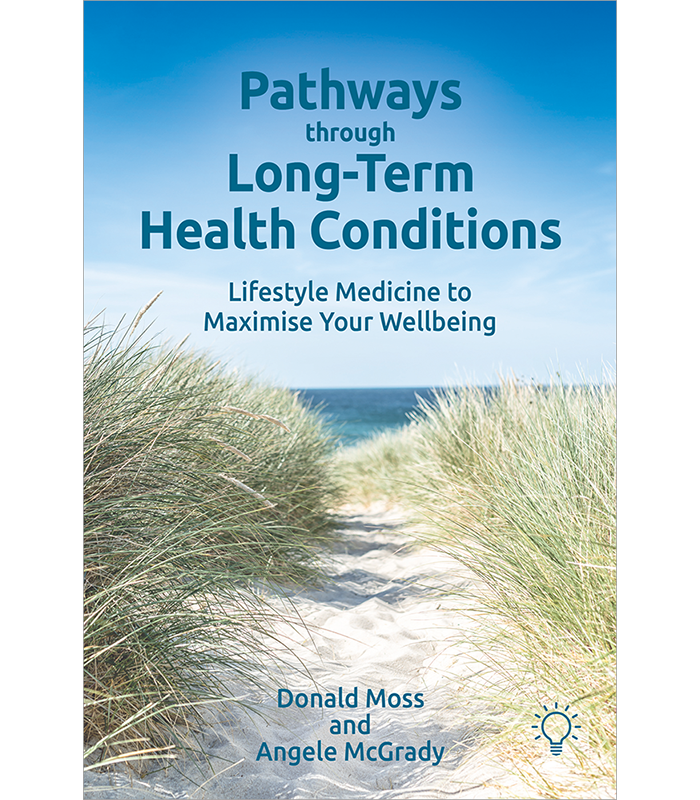
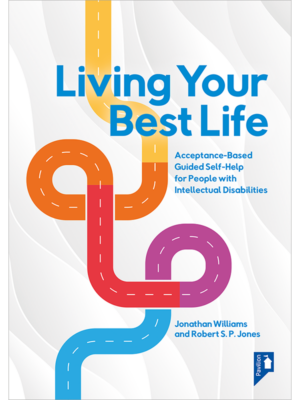

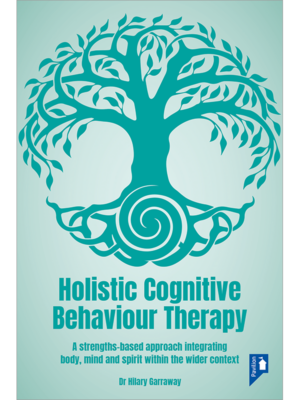

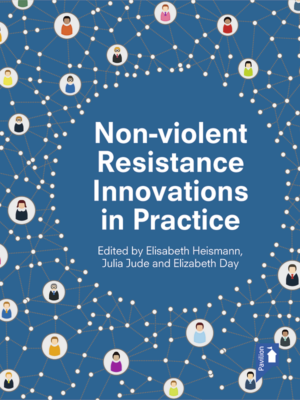
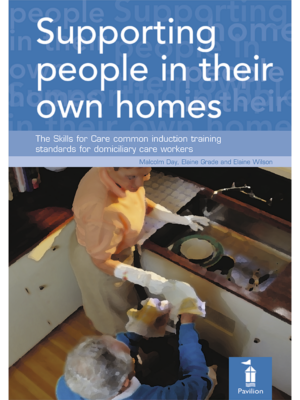
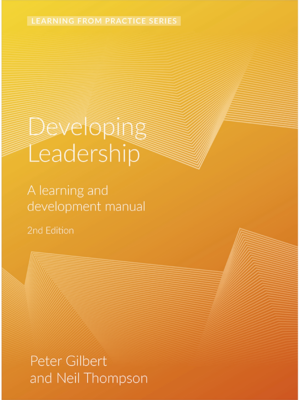
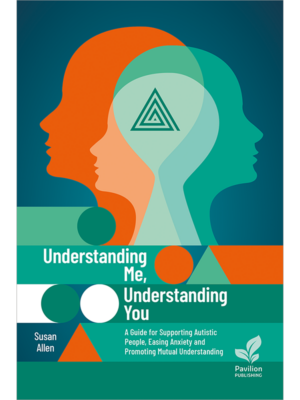
Inna Khazan, PhD, BCB Clinical Psychologist Faculty, Harvard Medical School –
This compassionate and deeply insightful book offers a powerful roadmap for navigating the complexities of living with long-term illness. Grounded in the authors’ original Pathways model—spanning physical, emotional, and spiritual levels — it provides readers with a structured yet flexible approach to healing when cure is not possible. With wisdom and warmth, the authors provide more than just information; they offer companionship and hope through every stage of the journey. A vital resource for patients, caregivers, and healthcare professionals alike.
Arthritis and diabetes patient –
The book provides a message of hope from two Doctors with useful ideas which are practical and mostly affordable. The varied ideas and possible solutions are neatly woven into goal driven sets that provide a framework for self-help initiatives, such as yoga, meditation and faith healing.
Kelli Hughart, Sweetwater Wellness Centre –
As both an Integrative Wellness Practitioner and someone living with a chronic illness, I have found Pathways Through Long-Term Health Conditions to be one of the most valuable tools for supporting overall well-being through the mind-body science model. By implementing small, steady changes over time—such as those outlined in the Pathways Model—both patients and practitioners can make meaningful progress in managing chronic conditions and improving daily outcomes, whether emotional, physical, or psychological.
One aspect of the model that I particularly appreciate is its Level 2 approach, which encourages clients to learn new skills to support their healing journey. In my private practice and personal life, I frequently incorporate techniques such as autogenic training, mindfulness, and hypnosis, which my clients find also highly beneficial. Additionally, many of my clients have discovered therapeutic self-massage to be a valuable and supportive practice, as mentioned in the Level 2 approach as well.
A key takeaway from the book that resonated with me — one that is often overlooked — is the idea that not all negative emotions are unhealthy. For individuals with chronic illnesses, feeling unheard or encountering toxic positivity can exacerbate their struggles. Recognizing and processing all emotions, rather than suppressing them, allows the body to heal more effectively. I have worked with many clients who medical providers dismissed for years, and simply having their experiences acknowledged brought them a profound sense of relief. As one client put it, they felt “freer and lighter” after being truly heard. The Pathways Model offers more than just tools—it provides hope for those navigating chronic conditions every day.